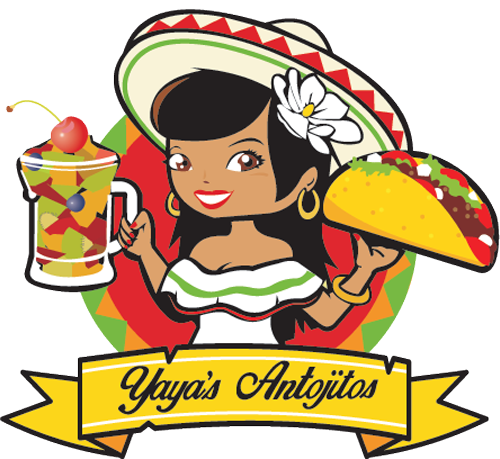In today's digital landscape, visual content reigns supreme, and businesses are constantly seeking ways to enhance the quality and versatility of their graphics. Enter vector tracing service, a valuable tool in the realm of graphic design. In this guide, we'll delve into the world of vector tracing, answering key questions and highlighting its significance in modern design workflows.
What is Vector Tracing?
Vector tracing, also known as vectorization, is the process of converting raster images, such as JPEGs, PNGs, or bitmap files, into scalable vector graphics (SVGs) or vector files. Unlike raster images, which are made up of individual pixels and can lose quality when resized, vector graphics are composed of mathematical equations and can be scaled infinitely without losing clarity.
How Does Vector Tracing Work?
The process of vector tracing typically involves the following steps:
- Image Analysis: The raster image is analyzed to identify shapes, lines, and colors.
- Vectorization Software: Specialized software, such as Adobe Illustrator or CorelDRAW, is used to manually trace the image, creating vector paths based on the original design.
- Bezier Curves: Vector paths are created using Bezier curves, allowing for smooth, precise lines and shapes.
- Color Separation: Colors are separated into individual layers or objects, making it easier to edit and manipulate the vector graphic.
- Output: The vectorized image is saved in a variety of formats, including SVG, AI, EPS, or PDF, for use in various design applications.
Why Use Vector Tracing Services?
- Scalability: Vector graphics can be scaled to any size without losing quality, making them ideal for logos, illustrations, and other graphics that need to be resized frequently.
- Versatility: Vector graphics can be easily edited and manipulated, allowing for endless possibilities in design.
- Print-Ready: Vector files are compatible with professional printing processes, ensuring high-quality results in printed materials.
- Brand Consistency: Vector tracing helps maintain brand consistency by ensuring logos and graphics appear crisp and clear across different mediums and sizes.
Who Needs Vector Tracing Services?
Vector tracing services cater to a wide range of industries and individuals, including:
- Graphic Designers: For creating scalable logos, icons, and illustrations.
- Marketing Agencies: For producing high-quality graphics for branding and advertising campaigns.
- Architects and Engineers: For converting raster floor plans or technical drawings into editable vector files.
- Merchandise Companies: For vectorizing artwork for t-shirts, mugs, and other promotional products.
Tips for Optimal Vector Tracing
To achieve the best results when using vector tracing services, consider the following tips:
- Choose High-Quality Source Images: Start with high-resolution images to ensure the best possible results in the vectorization process.
- Simplify Complex Designs: Complex images with intricate details may require additional time and effort to trace accurately. Simplify designs whenever possible to streamline the vectorization process.
- Communicate Clearly: Provide clear instructions and reference images to vector tracing service providers to ensure they understand your requirements and expectations.
- Review and Revise: Take the time to review the vectorized files and request revisions if necessary to achieve the desired outcome.
Conclusion
Vector tracing services offer a powerful solution for businesses and designers looking to elevate their visual content. By converting raster images into scalable vector graphics, businesses can unlock new possibilities in branding, marketing, and design. Whether creating logos, illustrations, or promotional materials, vector tracing provides the flexibility and quality needed to make a lasting impression.
